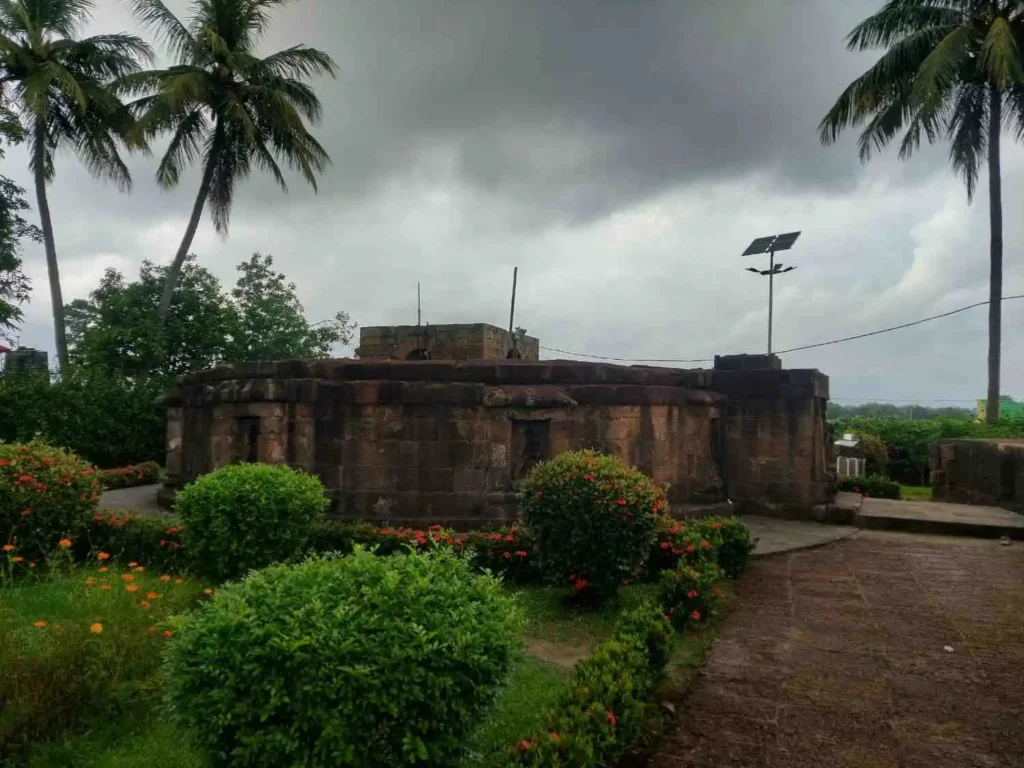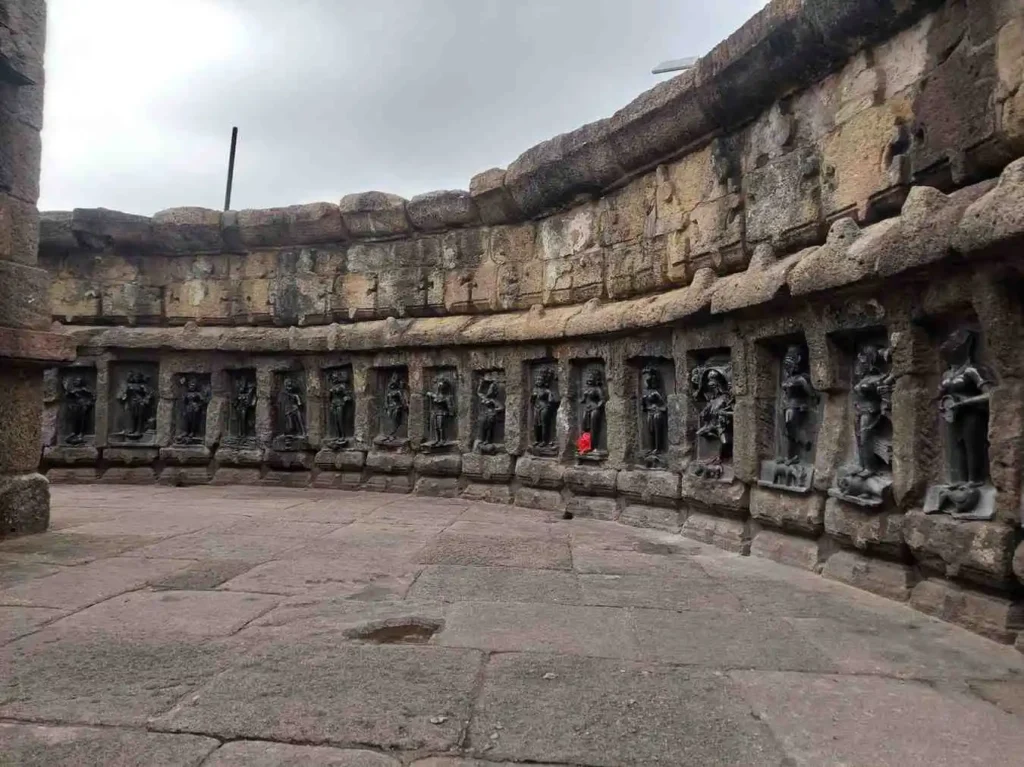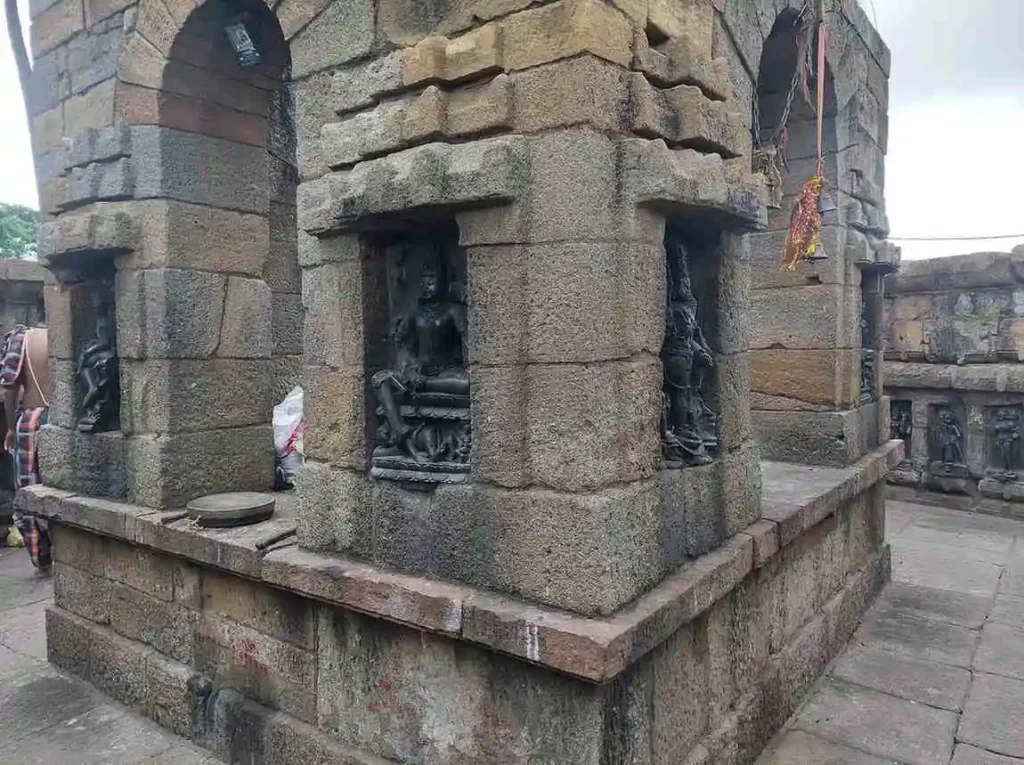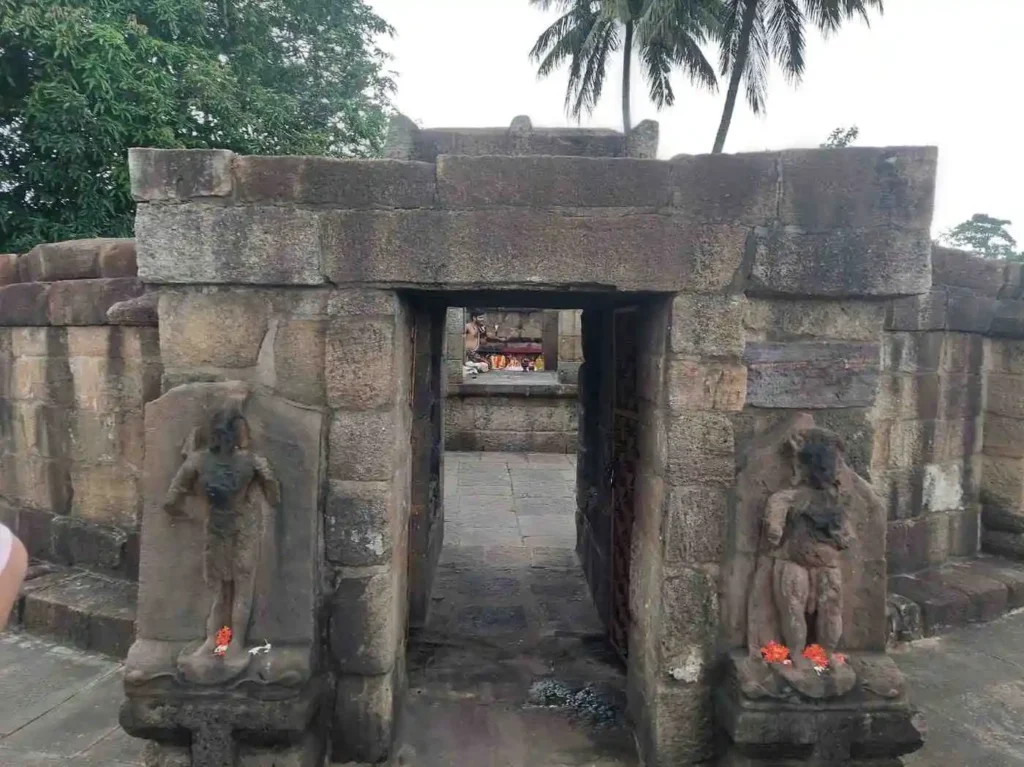
Table of Contents
Nestled in a quiet village just 15 km from Bhubaneswar, the Chausath Yogini Temple, Hirapur, isn’t just a temple—it’s a mystery carved in stone. Dating back to the 9th–10th century, this unique hypaethral (open-air) temple is one of the few remaining shrines in India dedicated to the 64 Yoginīs—powerful female deities rooted in Tantra.
Let’s uncover the layers of meaning, myth, and artistry behind this enigmatic heritage site that is a must-visit for history lovers, spiritual seekers, and temple enthusiasts.What This Blog Covers
- To begin with, the origins and layout of the Chausath Yogini Temple, Hirapur
- Next, the Tantric philosophy and symbolism behind the Yoginīs
- In addition, the artistic marvels of the sculptures
- Moreover, rituals and current worship practices
- Finally, answers to frequently asked questions about this temple
Historical Background: Where the Divine Feminine Found Her Circle at the Chausath Yogini Temple

Built during the Bhaumakara dynasty, Chausath Yogini Temple Hirapur, is believed to have been commissioned by Queen Hirā Mahādevī herself. The village of Hirapur derives its name from her. Constructed using coarse sandstone and black chlorite, this circular temple structure is modest in size but monumental in spiritual significance.
This wasn’t a temple of mass worship but a Tantric space where rituals, possibly secret and powerful, unfolded under open skies.Architectural Layout: The Sacred Mandala in Stone

At the heart of the temple lies a circular design, symbolizing maṇḍala—a cosmic diagram crucial to Tantric rituals. Structurally, the temple spans about 30 feet in diameter with a single eastern entrance. Inside, 64 niches hold beautifully carved Yoginī idols, arranged in a sacred spiral around a central rectangular maṇḍapa.
Furthermore, this unique layout reflects ancient Tantric philosophies, where each Yoginī represents a distinct cosmic force—some fierce, some graceful, and others mysterious.Iconography: The Many Faces of Shakti
The Yoginī idols here are far from identical. In fact, each has a story. For instance, some ride on lions, elephants, dogs, ducks, or even trees. Meanwhile, others bear animal heads—boars, snakes, or birds—symbolizing an intimate link with nature, tribal deities, and cosmic elements.
What’s fascinating is the variety:- Fierce Yoginīs with skull garlands, standing over severed heads
- Joyous ones adjusting anklets or playing instruments like the vīṇā and ḍamaru
- Seductive figures with expressive postures, adorned with heavy ornaments
Tantric Significance: Beyond Worship, Into the Occult
The Chausath Yogini cult is steeped in Tantric philosophy, where female energy (Śakti) is worshipped not just for blessings but for transformation. Moreover, the Yoginīs were believed to bestow siddhis (spiritual powers) and were often associated with fierce rituals like śava-sādhanā (corpse rituals) and blood offerings.
Additionally, Bhairava idols—male counterparts—also find place in the central shrine, reinforcing the union of Śiva and Śakti, a core Tantric belief.Worship Today: From Occult to Orthodox

While the temple’s original rituals were Tantric and possibly secretive, today it functions like a traditional Śākta shrine. Nowadays, daily worship, Durga Puja, Saraswati Puja, and even Yogini Puja (celebrated in December) are performed here, mostly in Brahmanical style.
Goat sacrifices still happen during Yogini Puja, preserving a glimpse of its ancient, mystical past.Location and Travel Info
- Where: Hirapur village, 15 km from Bhubaneswar, Odisha
- Best time to visit: October to March
- Entry Fee: Free
- Tips: Hire a local guide to understand the iconography better. Photography is allowed but be respectful.
People Also Ask
1. What is special about Chausath Yogini Temple Hirapur?
2. Who built the Chausath Yogini Temple in Hirapur?
3. Is the Chausath Yogini Temple associated with Tantra?
4. How many Yoginī temples are there in India?
5. Can tourists visit Chausath Yogini Temple Hirapur?
Why You Should Visit Chausath Yogini Temple, Hirapur
Final Thoughts: Let the Yoginīs Inspire You
Plan Your Visit
👉 Add this temple to your Bhubaneswar travel list
👉 Share this blog with fellow history and heritage lovers
👉 Follow us for more deep dives into India’s hidden gems


